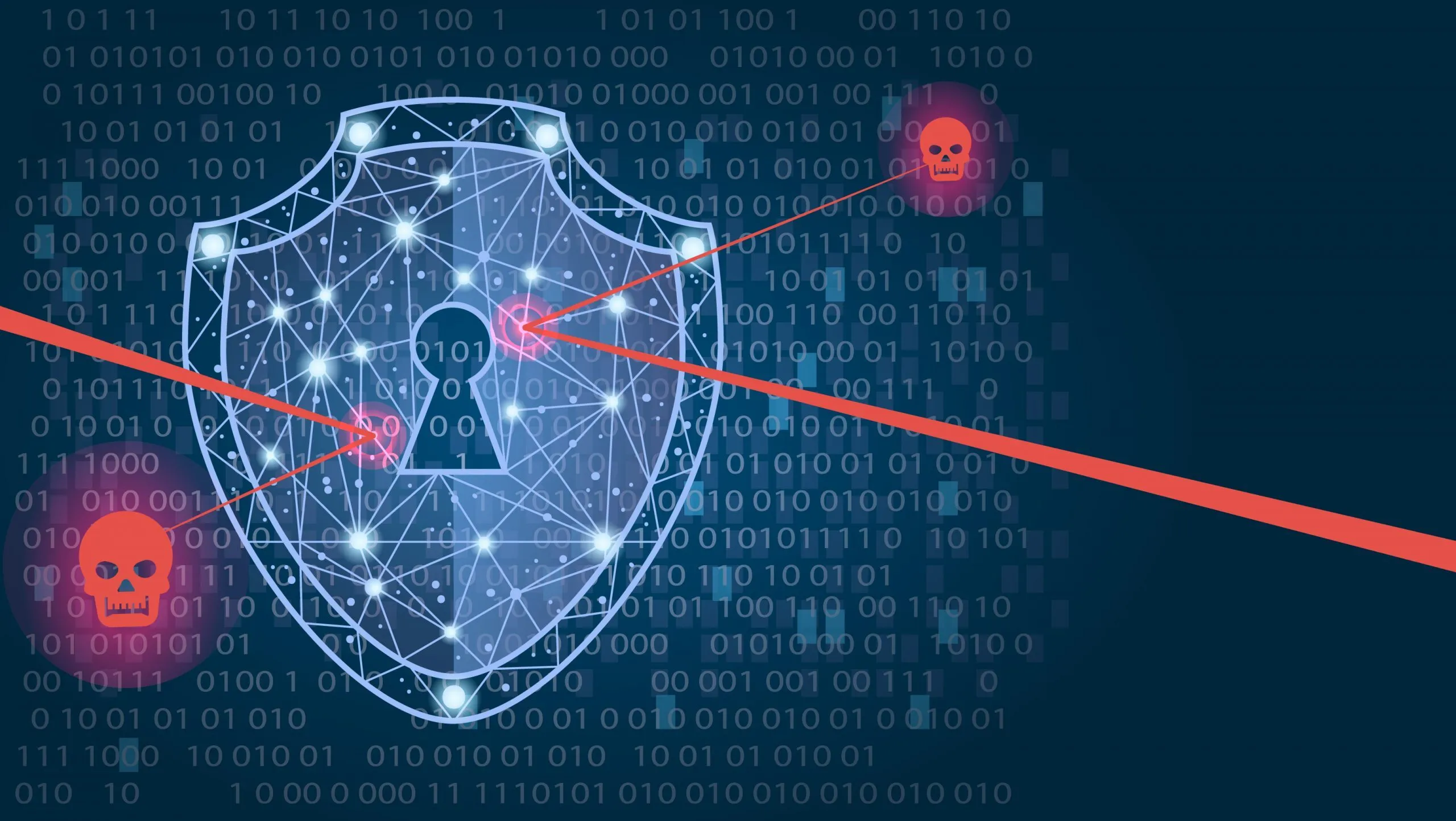In today’s digital age, technology has become the backbone of businesses, enabling efficiency, productivity, and innovation like never before. However, along with technology’s countless benefits, there are also significant risks, especially when it fails. Tech failures can strike any organization, large or small, and the consequences can be catastrophic, potentially crippling operations and damaging reputations.
From system crashes to data breaches, IT failures come in various forms, each with challenges and repercussions. They can result from hardware malfunctions, software bugs, human error, or malicious attacks, and the impact can be felt across all aspects of a business. Financial losses, operational disruptions, legal liabilities, and loss of customer trust are just a few consequences businesses face when IT failures occur. To protect your IT systems from tech terrors, consult with our IT Consulting Provider in Bellevue.
In this article, we will explore the ways technology failures can damage their business.
6 Ways Tech Failures Can Cripple Your Business
Loss of Productivity
IT failures can impact businesses with decreased productivity. When IT systems experience downtime or malfunctions, employees cannot access essential tools and data necessary for their work. It can lead to significant delays in project timelines, communication breakdowns, and hindered collaboration among team members.
The resulting decrease in productivity not only impacts day-to-day operations but can also have long-term effects on the overall efficiency and profitability of the business. To mitigate these risks, businesses must invest in robust IT infrastructure, implement effective backup and recovery plans, and provide adequate training to employees on IT system usage and troubleshooting.
Damage to Reputation
One significant way IT failures can impact a business is through damage to its reputation. When IT systems fail or experience breaches, they can lead to data loss, security vulnerabilities, and disruptions in service delivery.
Such incidents can erode customer trust and confidence in the business, resulting in reputational harm that may be challenging to recover from. A damaged reputation can drive existing customers away and deter potential clients from engaging with the business.
Outdated Tech
As technology advances rapidly, relying on outdated systems can hinder efficiency, productivity, and overall business operations. Outdated tech may also lack the necessary security measures to protect against cyber threats, leaving your business vulnerable to potential breaches and data loss.
To mitigate the risks associated with outdated technology and prevent it from hurting your business, it is essential to prioritize regular upgrades and invest in modern IT solutions that align with your business needs and goals. By staying ahead of technological advancements, you can ensure your business remains competitive, secure, and efficient in the ever-evolving digital age.
Security Concerns
Security concerns are critical to tech failure that can significantly impact a business. A cybersecurity breach can compromise sensitive data, cause financial loss, damage to reputation, and have legal consequences. Companies must prioritize robust security measures to safeguard their systems and data from threats.
Implementing encryption, access controls, regular security audits, and employee training on cybersecurity best practices are proactive steps organizations can take to mitigate security risks. If you want to address security concerns effectively, visit our IT Support Company in Iron Mountain for assistance.
Impact on Employee Morale
IT failures can significantly impact employee morale within a business. When IT systems are not functioning properly, employees may experience frustration and decreased productivity due to difficulties completing tasks efficiently. It can lead to a negative work environment and affect overall team morale.
In addition, if technical failures result in prolonged downtime or loss of essential data, employees may feel demotivated and uncertain about the stability of the business operations. Maintaining reliable IT systems and promptly addressing any issues is crucial for preserving employee morale and ensuring continued productivity within the organization.
Increased Risk of Human Error
Increased risk of human error is a crucial factor that can lead to IT failures and potentially cripple a business. As technology systems become more complex, the possibility of human errors in managing and maintaining these systems also increases.
From misconfigurations to data input mistakes, human errors can have far-reaching consequences on a business’s operations and overall performance. Companies need to implement robust training programs, thorough quality control measures, and automated processes to minimize the risk of human error and mitigate the potential impact of IT failures on their operations.
How to Prevent the Risks of IT Failures
Invest in Cybersecurity Measures
Investing in cybersecurity measures is crucial in preventing the risks of IT failures within an organization. Cybersecurity encompasses a range of practices, technologies, and processes designed to protect networks, systems, and data from cyber threats.
By implementing strong cybersecurity measures such as firewalls, encryption, multi-factor authentication, and regular security audits, businesses can significantly reduce their vulnerability to cyber-attacks and data breaches. Moreover, providing ongoing cybersecurity training to employees can help create a culture of security awareness within the organization, further strengthening its defenses against potential IT failure.
Implement a Disaster Recovery Plan
Implementing a disaster recovery plan is crucial in preventing the risks associated with technology failure. A comprehensive disaster recovery plan outlines the necessary steps during system outages, cyber-attacks, or other IT-related emergencies.
Establishing protocols for data backup, system restoration, and communication strategies can help businesses minimize downtime and mitigate financial losses resulting from technology failure. Regular testing and updates of the disaster recovery plan are essential to ensure its effectiveness in safeguarding critical IT infrastructure and maintaining business continuity.
Train Your Employees
Training your employees is crucial in preventing the risks of IT failure within your organization. By providing comprehensive training programs, you can ensure your staff members have the necessary skills and knowledge to use IT systems effectively and securely.
Training can help reduce human errors, improve cybersecurity practices, and enhance operational efficiency. Furthermore, ongoing training and development can keep employees up-to-date with the latest technologies and best practices, enabling them to effectively adapt to changing IT landscapes and mitigate potential risks.
Monitor Your IT Systems Regularly
Regular monitoring of IT systems is crucial in preventing the risks associated with failures in technology. By monitoring your systems consistently, you can identify potential issues before they escalate into major problems that could disrupt your operations. Monitoring allows you to track system performance, detect anomalies, and address vulnerabilities promptly.
Implementing a robust monitoring strategy, including using automated tools and establishing clear monitoring protocols, can help you ensure the stability and security of your IT infrastructure. Remember, proactive monitoring is critical to minimizing the impact of IT failures on your business continuity and overall efficiency.
In Conclusion
The impact of IT failures on businesses cannot be ignored. The consequences can be severe, from financial losses and damaged reputation to compromised data and disrupted operations. However, businesses can mitigate these risks by implementing robust IT management practices, investing in reliable technology, staying vigilant against potential threats, and ensuring their long-term success. In today’s digital age, proactive IT management is a strategic imperative for any business looking to thrive in the face of technological challenges.

